Primula vulgaris (Native Primrose, English Primrose or Common Primrose)
Michael's Opinion
This is a plant that one should not be without. This may be partly due to my biased Cornish heritage, where this plant was found along the hedgerows where I pent my childhood in Cornwall, or because it is just such a solid performer. It is a tough, resilient plant that given a little moisture in our summer droughts it will flourish in the garden for years to come.
Botanical Information
| Family | Primulaceae |
| Genus | Primula |
| Species | vulgaris |
| Category | Perennials, Wildflowers & Weeds |
| Origin | From Britain, southern Norway, and northern Spain to north Africa, Lebanon, Iran, and the Caucasus. |
Details
| USDA Hardiness Zone | 1a - 6a |
| USDA Hardiness Ref. | |
| Canadian Hardiness Zone | 0a - 6b |
| Canada Hardiness Ref. | |
| RHS Hardiness Zone | H7 |
| RHS Hardiness Ref. | |
| Temperature (°C) | -51 - (-21) |
| Temperature (°F) | -5 - 5 |
| Height | 15 cm |
| Spread | 30-45 cm |
| Growth | Medium |
| Flowering Period | April, May |
Description and Growing Information
| General Description | Rosette forming herbaceous perennial. |
| ID Characteristic | Tongue-shaped leaves with multiple small yellow flowers. |
| Shape | Rounded. |
| Landscape | Low maintenance banks and informal wildflower gardens. |
| Propagation | Easily by early spring crown divisions. |
| Cultivation | Favours a sheltered position in sun or partial shade. Grows well in moist soil heavy in clay. |
| Pests | Grey mould. |
| Notable Specimens | Caerhays Castle, Gorran, Cornwall, United Kingdom. Carn Galver, Zennor, Cornwall, United Kingdom. St Agnes Head, Cornwall, United Kingdom. |
| Habitat | Deciduous woodlands, banks, hedges and shaded grasslands. |
Photographs
Primula vulgaris, form.
Primula vulgaris, form.
Primula vulgaris, form. Caerhays Castle, Goran, Cornwall, United Kingdom.
Primula vulgaris, flower cluster. Caerhays Castle, Goran, Cornwall, United Kingdom.
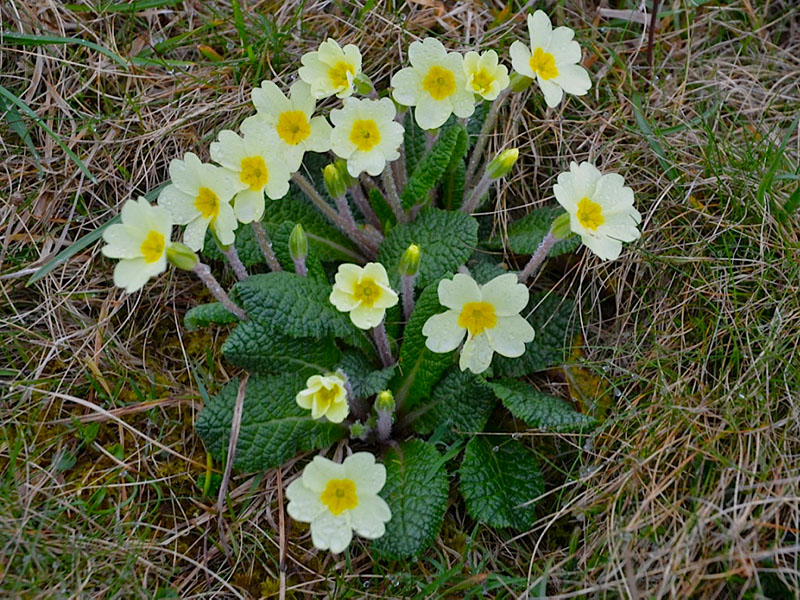
Primula vulgaris, form. Carn Galver, Zennor, Cornwall, United Kingdom.
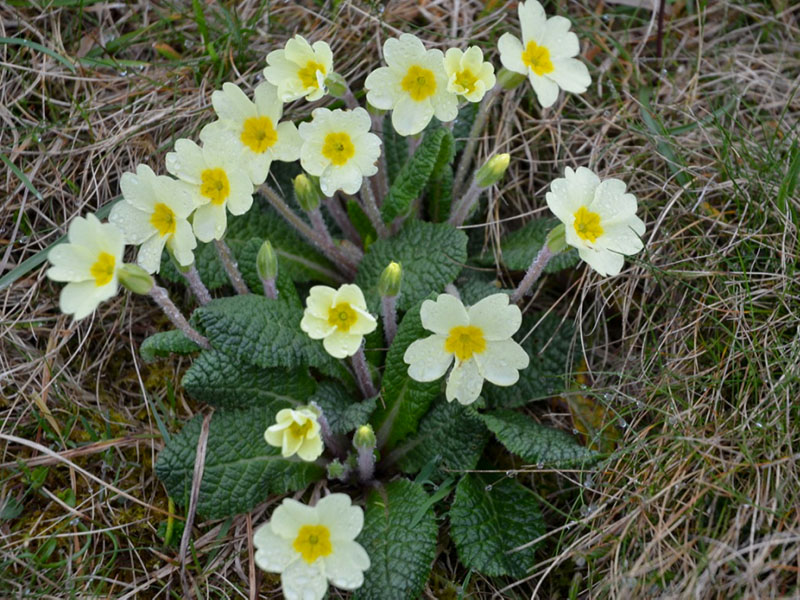
Primula vulgaris, flower. Carn Galver, Zennor, Cornwall, United Kingdom.

Primula vulgaris, flower. St Agnes Head, Cornwall, United Kingdom. 24/04/2019

Primula vulgaris, form. St Agnes Head, Cornwall, United Kingdom. 24/04/2019
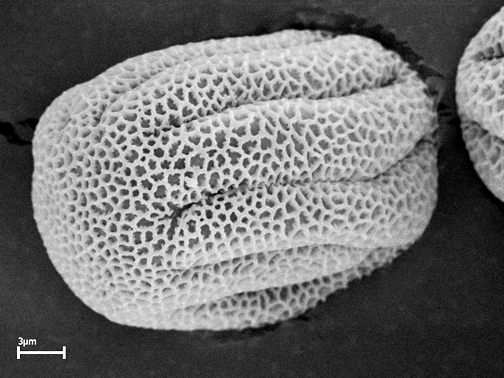
Scanning electron microscope image of pollen grain.
Primula vulgaris 'Eugenie'.
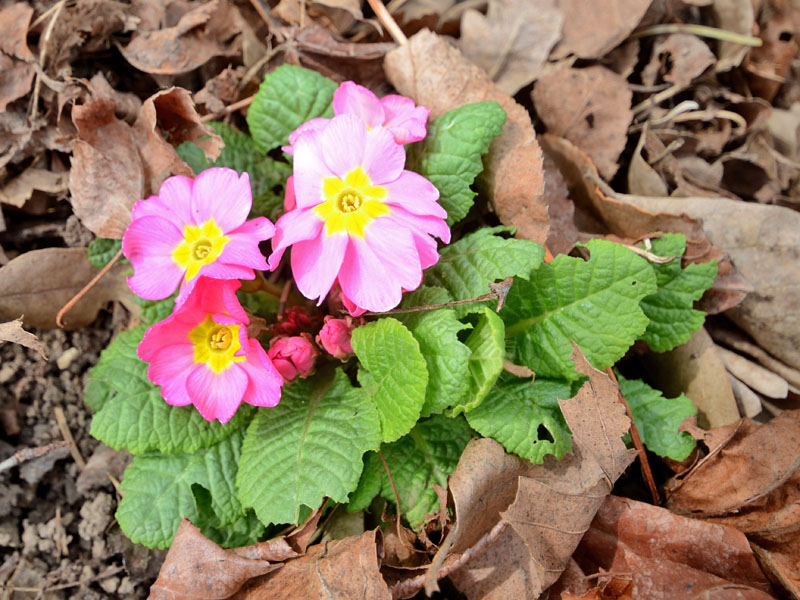
Primula vulgaris 'Arctic Pink'.
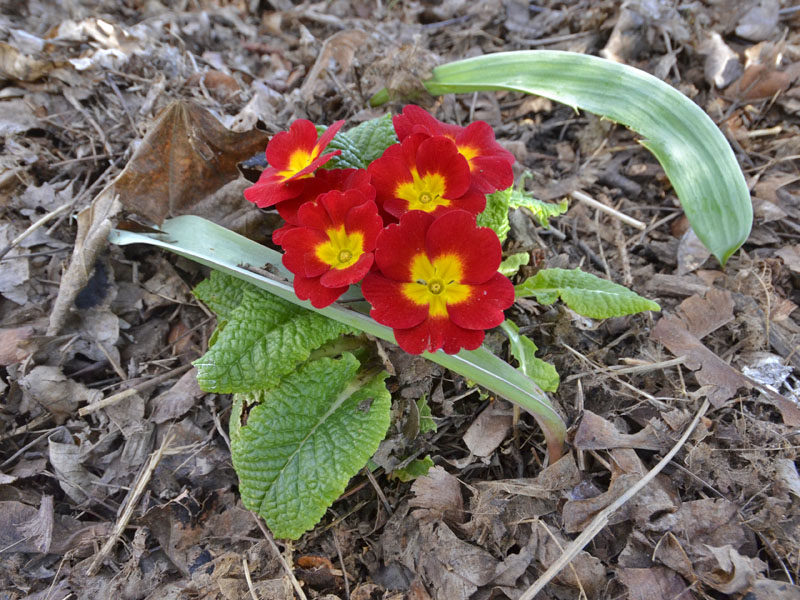
Primula vulgaris 'Arctic Red'.
Primula vulgaris 'April Rose'.
Awards
